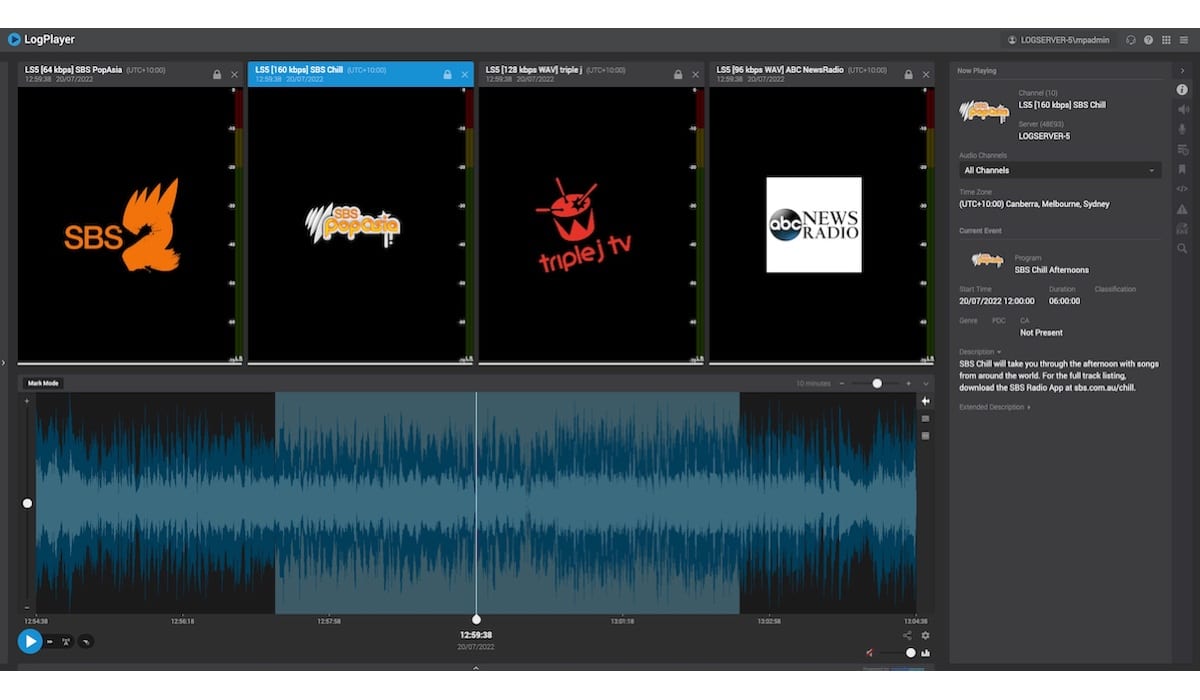Radio has traditionally been less technically complicated than television, but we are now seeing the medium challenged with similar complexities as it transitions to visual streaming platforms.
Radio today offers more choices than ever in terms of channels and programming. Significant developments in digital audio have made that possible. It has also diversified into podcasting, including videos on YouTube and broadcasts with a visual component. “Picture radio” is nothing new; some talk radio shows were simulcast on television as far back as the ‘80s. At the time, pundits dismissed it as nothing more than “cheap TV,” but today, media consumers expect to see leading politicians interviewed or top musical acts performing live on radio.
All this has created a media convergence of media with specific problems. Bringing pictures into their world has forced radio broadcasters to rethink their core activities and consider elements of TV broadcasting they previously didn’t need. One of these is compliance monitoring.
The thorny issue of compliance
The broadcasting of visual images demands stricter regulation than audio, which is why TV broadcasters and streamers use logging and analysis technology such as LogServer, provided by Mediaproxy. This technology features recording capabilities, which is a crucial part of TV compliance because it allows broadcasters to have a record of what they transmitted to air and, through time-stamping, on what date and at what time.
Mediaproxy is now getting more involved with the radio market and has acquired several stations as customers. These use LogServer to monitor the output of TV channels for news, sport and current affairs stories, which are recorded off-air and re-purposed for their own reports.
The advantage of logging and analysis technology
This technology has a perk for radio stations — they can store recordings in uncompressed WAV audio file format on digital audio workstations (DAWs) such as Avid Pro Tools and seamlessly integrate them with their internal production workflow. In this way, material can be imported into a DAW and edited into clips for inclusion in a news package. Through this level of customization and interconnection, producers and journalists can produce bulletins and programs quickly and efficiently.
Radio has been described as the invisible medium, but with even more relevance as a means of communication, coupled with its new visual profile, it is extremely visible today. There is some irony that TV technology now plays a part in radio’s success, but it shows that monitoring and logging systems have an important role to play outside their core compliance market.
The author is CEO of Mediaproxy.

